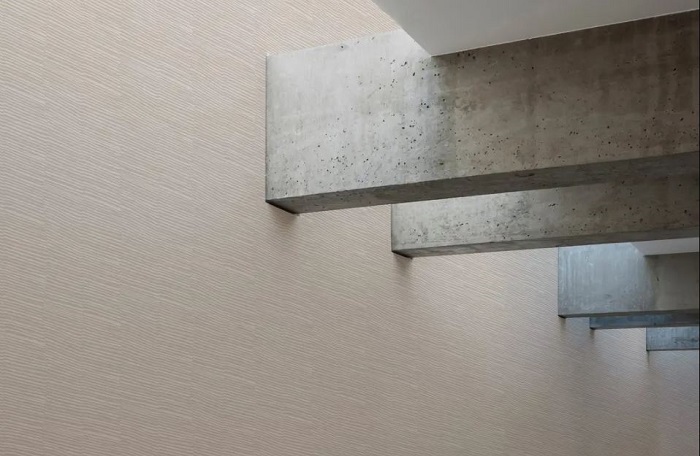Integrating Indigenous narratives into the urban landscape is an exciting journey, especially when it involves the creative forces of Autex Acoustics, Willie Weston, and Lisa Waup, bringing First Nations design to the forefront of high-performance acoustics.
At Autex Acoustics, we have long championed sustainability and support of First Nations peoples and cultures, and recently partnering with Willie Weston, a profit-for-purpose enterprise collaborating with Indigenous artists, we’ve been able to contribute to fair and equitable income for First Nations artists and communities across Australia.
The latest artist to join the collaboration, Lisa Waup, is a profoundly talented mixed-cultural artist with Gunditjmara, Torres Strait Islander, and Italian heritage, based in Naarm (Melbourne). Her work reflects her personal experiences, family history, country, and broader historical narratives. Together with Willie Weston, the newest collection translates Lisa’s designs onto a range of high-performing, carbon-neutral acoustic wall linings available on Autex Acoustics’ Cube™ and Quietspace® panel.

“Collaborations like this are truly special, when done respectfully, with transparency and communication. To be able to take different skills and connect them together – you can just create magic,” highlights Waup.
Integrating First Nations designs into the built environment is at the heart of Willie Weston, which has been translating First Nations art into products for commercial interiors since 2015. Co-founder Jessica Booth believes it is essential for the spaces where we live and work to reflect the diverse output of First Nations artists, and for artists to be fairly remunerated for their work. “Willie Weston exists to provide meaningful income for artists. This collaboration enables us to grow the market for these designs, and to build on the financial returns made to the artists we’re so lucky to work with.”

Waup’s multidisciplinary practice includes weaving, printmaking, photography, sculpture, fashion, and digital art. She describes printmaking as being “very close to my heart”, while explaining that materiality – including reused, found objects – is a strong focus. Family, history, postcolonialism, and country are similarly important sources of inspiration in an artistic practice that seems to be both deeply personal and highly social.
“I’m forever trying to find out more about my history, and that history also has Stolen Generations within it,” says Waup. “It’s something that I’m forever trying to unearth and, as a visual artist, I use different media to express this and tell stories that have not been told, stories that have been hidden.”

While translating art across mediums and cultural contexts is no small feat, the collaborative process is made possible by Willie Weston’s expertise in bridging the gap between artistic expression and commercial demands while ensuring ethical integrity throughout the project. On the outcome of this particular collaboration, Waup adds, “I see [the translation] as really aligned with what I’ve done – I think it really honours the work that I’ve created. Of course, it’s altered slightly for a commercial setting, but I feel it’s been translated really well and working [on this collection] has been wonderful.”
Speaking on the impact of this collaboration, national development manager at Autex Acoustics, Regan Williams said, “Organisation-wide, we are immensely proud to promote the artists’ designs via the Willie Weston collaboration, bringing regular income to remote communities and continuing to push the limits of how acoustic treatments can tell a story whilst improving the aesthetics of a space.”

The new range, featuring Waup’s works titled ‘Oneness’ and ‘Renewed,’ encapsulates rich colours and layers of history, weaving together disparate elements into a harmonious whole. It’s a testament to the power of collaboration in bringing hidden stories to light within the fabric of our built environment.

